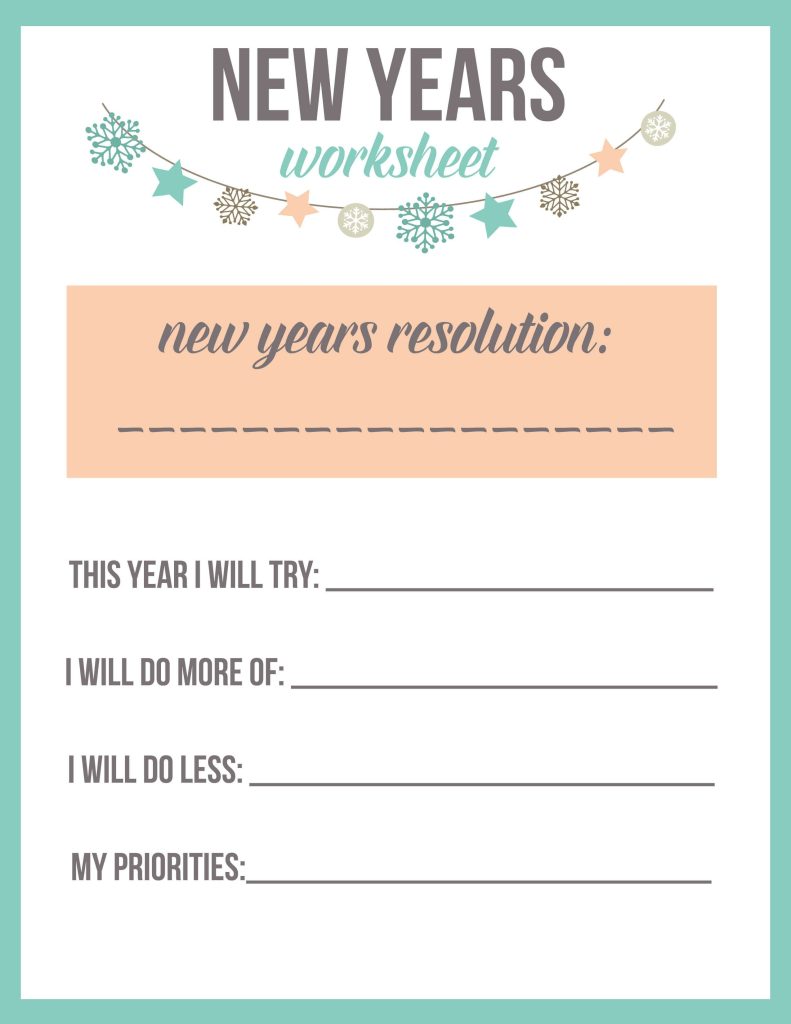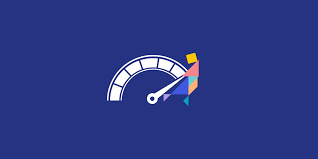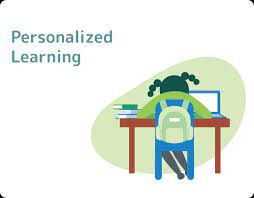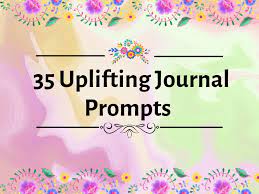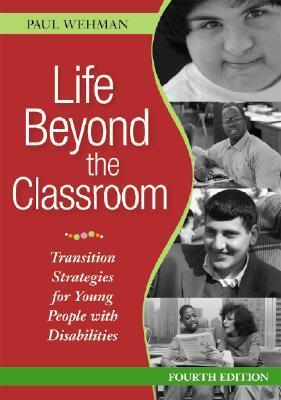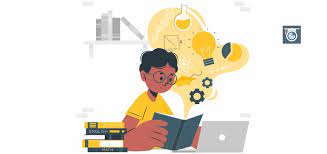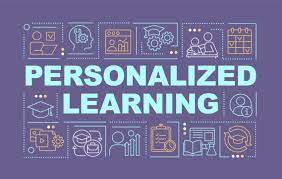Setting New Year’s resolutions can often be an uplifting process, pushing individuals to consider their personal aspirations and life improvements for the year ahead. However, without a systematic approach, these resolutions can quickly fall by the wayside. Hence, a New Year’s Goals Worksheet is an incredibly valuable tool for translating vague aspirations into actionable objectives.
To begin with, a comprehensive worksheet should prompt the user to reflect on the previous year. This retrospection section would typically include questions like: “What were your biggest achievements last year?” or “Which areas of your life would you like to improve?” Reflecting on past successes and failures allows for better planning and goal setting for the new year ahead.
The next section of the New Year’s Goals Worksheet should be dedicated to goal ideation. Users should be prompted to brainstorm goals in various categories such as Career, Health, Education, Relationships, Personal growth, Finance, and Leisure. A table or chart could be provided here for listing these goals to keep them organized and easily visible.
Following this brainstorming activity, the worksheet should help the user prioritize their goals. Usually, this involves a process where individuals can mark each goal as high, medium, or low priority. This stage helps in recognizing which goals are of utmost importance and thus require more immediate attention and resources.
The heart of the worksheet focuses on setting SMART (Specific, Measurable, Achievable, Relevant, Time-bound) goals. For each priority goal selected in the previous stage, there would be space provided to transform it into a SMART goal. This typically includes questions prompting users on how they will measure progress toward each goal, what steps they need to take to achieve it, why it’s important to them, and when they aim to complete it by.
Additionally, an action plan section is crucial in a worksheet designed for New Year’s goals. For each SMART goal listed previously, users should create an action plan detailing specific steps needed to achieve these targets along with deadlines and potential resources required.
Lastly, it is essential that there is space in the worksheet for monthly check-ins. A segment dedicated for revisiting the worksheet every month allows users to keep track of their progress toward their goals over time; it serves as both a checkpoint for progress and a motivational reminder.
In conclusion, New Year’s Goals Worksheets are structured guides that help turn hopeful resolutions into tangible outcomes through reflection, prioritization, objective setting using SMART criteria, detailed planning of action steps with resources and deadlines considered alongside consistent tracking – all pivotal aspects that contribute toward reaching desired personal milestones as we usher in another year.
